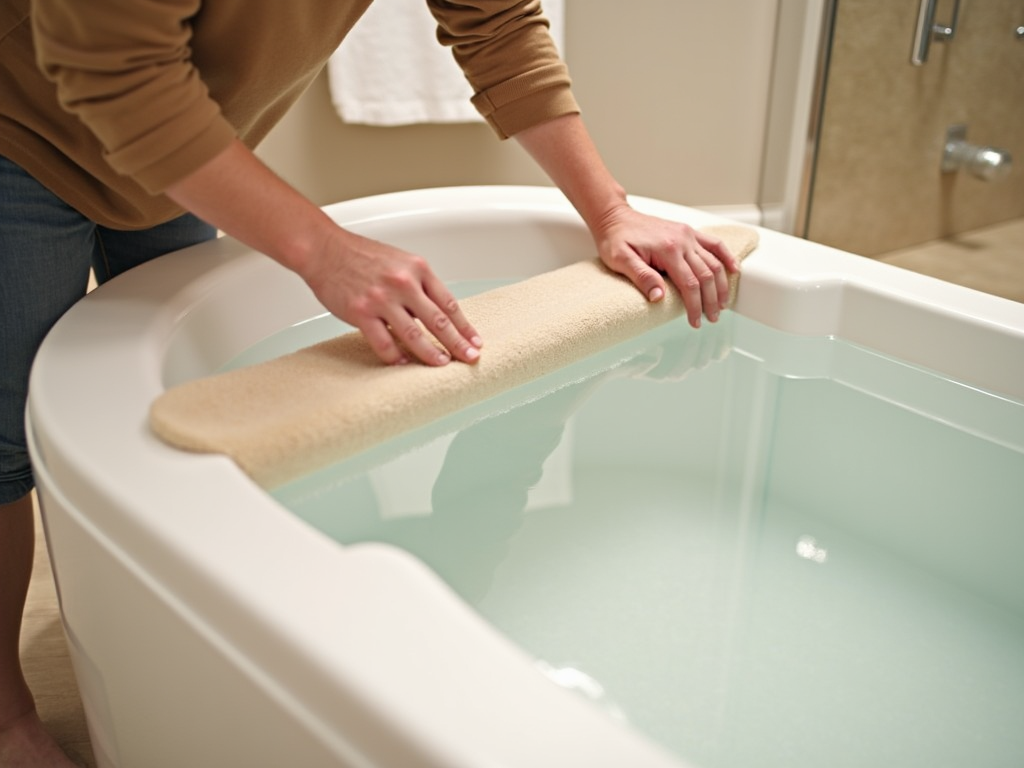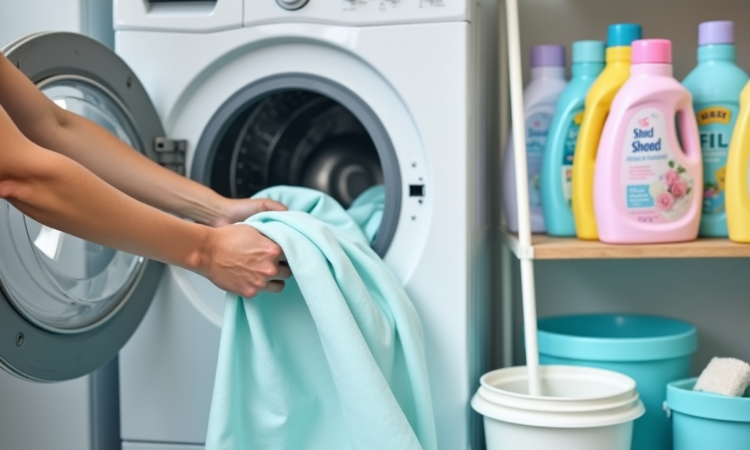Keeping your shower curtain and liner clean is essential for maintaining a hygienic bathroom environment. Over time, soap scum, mold, and bacteria can build up, creating not only an unpleasant appearance but also a potential health risk. In this article, we’ll explore effective methods to thoroughly clean your shower curtain and liner, ensuring they remain fresh, bacteria-free, and inviting.
Understanding the Materials

Before you begin cleaning, it’s important to understand the materials of your shower curtain and liner, as different materials require different cleaning methods. Most shower curtains are made from fabric or vinyl, while liners are typically vinyl or plastic. Fabric shower curtains are usually machine washable, whereas vinyl types necessitate a more hands-on approach. Knowing the material will guide you in selecting the right cleaning method, ensuring you don’t end up damaging the items.
Preparation is key to an effective cleaning process. Begin by removing the shower curtain and liner from their hooks. Check the manufacturer’s instructions for any specific cleaning guidelines. Gather your cleaning supplies, which may include laundry detergent, baking soda, vinegar, a washing machine, or a bathtub for manual cleaning. Ensuring you have everything at hand will make the cleaning process smoother and more efficient.
Cleaning Fabric Shower Curtains
Fabric shower curtains are generally easier to clean because they can often be machine washed. Follow these steps to clean your fabric curtain effectively:
- Place the curtain in the washing machine along with some bath towels. The towels will help scrub the curtain during the wash cycle.
- Add a mild laundry detergent and a cup of baking soda to the washing machine to enhance cleaning and remove any odors.
- Use a gentle cycle with warm water for the best results.
- Once the wash cycle is complete, hang the curtain back up to dry, preferably in a well-ventilated area to prevent mold and mildew growth.
If the curtain has stubborn stains, consider applying a paste of baking soda and water directly to those areas before washing.
Cleaning Vinyl or Plastic Liners
Vinyl or plastic liners require a delicate approach as they are more susceptible to tearing. Here’s how to clean them effectively:
- Fill a bathtub with warm water and add a few cups of vinegar. Vinegar is excellent for breaking down mold and bacteria.
- Fully submerge the liner in the solution and let it soak for about 20-30 minutes. The vinegar will loosen any grime and kill bacteria.
- After soaking, use a soft cloth or sponge to gently scrub the liner, paying special attention to areas with visible mold or scum.
- Rinse the liner thoroughly with warm water to remove any remaining vinegar and residue.
- Hang the liner to dry completely before rehanging it in the shower.
Preventing Future Bacteria Build-Up
To keep your shower curtain and liner clean for longer periods, consider adopting preventive measures. After each shower, stretch the curtain and liner out to ensure they dry quickly, reducing the chance of mold growth. Regularly sprinkle the curtain with a mixture of water and vinegar to deter bacteria. Consistently ventilating the bathroom also reduces moisture, creating an inhospitable environment for microorganisms. By incorporating these practices into your routine, you can extend the time between deep cleans.
Conclusion
Regular cleaning of your shower curtain and liner is crucial for maintaining bathroom hygiene and preventing bacteria and mold build-up. Whether you’re using a washing machine for fabric curtains or hand-washing vinyl and plastic liners with vinegar, the right methods will effectively eliminate grime and bacteria. By understanding the material of your curtain and liner, you can select the appropriate cleaning process. Additionally, consistently adopting preventive measures can keep your shower fresh and pleasing for longer periods.
Frequently Asked Questions
Q1: How often should I clean my shower curtain and liner?
A1: Ideally, you should clean your shower curtain and liner once a month to prevent excessive buildup of mold, mildew, and bacteria.
Q2: Can I use bleach on my shower curtain or liner?
A2: While bleach can be effective for mold and mildew, it’s not always suitable for all materials. Check the manufacturer’s instructions before using bleach, as it may damage certain fabrics or colors.
Q3: What can I do to remove stubborn mold stains?
A3: For stubborn mold stains, create a paste of baking soda and water, apply it to the affected areas, and let it sit for a few minutes before scrubbing and rinsing off.
Q4: Can I put a vinyl liner in the washing machine?
A4: It’s generally not recommended to put a vinyl liner in the washing machine, as the agitation may tear it. Hand-washing is a safer alternative.
Q5: Is it necessary to replace my shower liner periodically?
A5: Yes, it is advisable to replace your shower liner every six to twelve months, depending on wear and tear, to ensure optimal hygiene and freshness.
